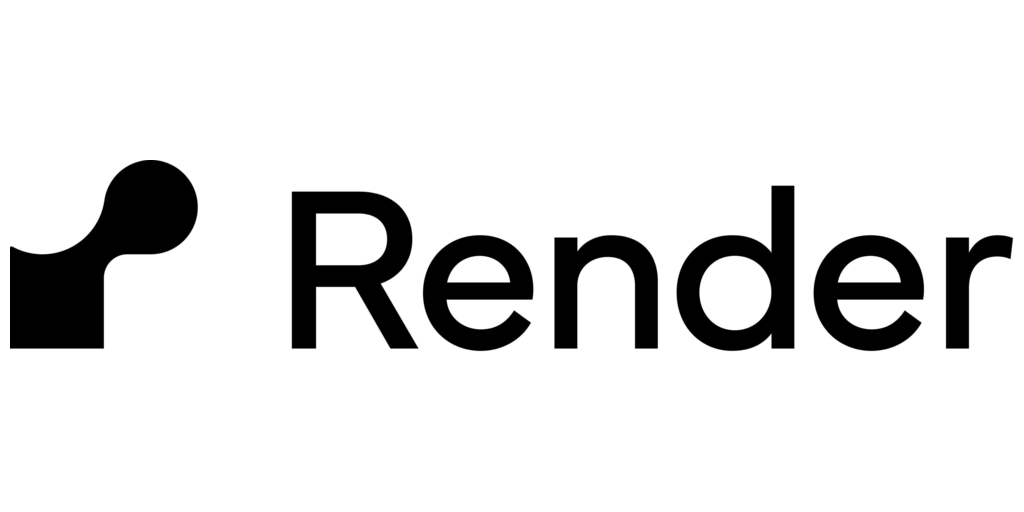As GPU demand skyrockets across AI, 3D, and crypto sectors, Render Network offers an efficient, decentralized alternative to traditional rendering services. Whether you’re a creator needing compute power or a GPU owner looking to earn RNDR tokens, this platform could change the way you render.
What Is Render Network and Why It Matters
Render Network is a decentralized platform that connects creators in need of GPU power with individuals who have spare GPU capacity. This peer-to-peer setup eliminates the need for expensive centralized cloud providers, using blockchain to ensure transparency, efficiency, and security. The system is powered by RNDR tokens, which facilitate fair, on-chain transactions between users and node operators.
By making GPU rendering more accessible, Render Network is transforming how artists, AI developers, and crypto builders access computing resources.
Also read: What Is Uniswap? A Complete Guide to the Leading Ethereum-Based DEX
How to Submit a Rendering Job on Render Network
For creators, getting started is simple:
- Obtain OctaneRender: A valid OctaneRender license is required. It’s the software used to prepare rendering jobs.
- Access the Creator Portal: Log in using OctaneRender credentials.
- Upload Your Project: Export your work in .ORBX format and upload it to the platform.
- Configure Settings: Choose resolution, quality level, and service tier.
- Allocate RNDR Tokens: Pay for the job using RNDR, which is released after successful completion.
Once the render is complete, results are downloadable directly from the portal. This streamlined workflow allows users to access powerful GPU rendering at a fraction of traditional cloud costs.
How GPU Owners Earn with RNDR Tokens
Node operators — individuals or organizations with idle GPU power — can monetize their resources through Render Network. The process involves:
- Filling the Interest Form: Submit a request to join as a node operator.
- Wait for Onboarding: Once selected, follow setup instructions from Render.
- Process Jobs and Earn: Complete rendering tasks, submit for validation, and receive RNDR tokens upon approval.
The platform uses a “proof-of-render” mechanism to verify each task before releasing payment, ensuring only quality work is rewarded.
The RNDR Token Economy and Decentralized Advantage
The RNDR token underpins the entire Render Network. Users buy RNDR from exchanges to pay for jobs, and node operators earn it as rewards. A small fee (0.5–5%) helps sustain the platform.
Unlike centralized services like AWS or Google Cloud, Render Network offers:
- Lower costs
- Faster, more flexible scaling
- Equal access to GPU power
- No vendor lock-in
This model democratizes high-performance computing — making it especially appealing to independent creators and startups.
The Future Is Decentralized
Render Network is redefining how GPU rendering is done — faster, cheaper, and more fairly. With the RNDR token economy, creators get what they need without centralized overhead, and GPU owners earn passive crypto income.


